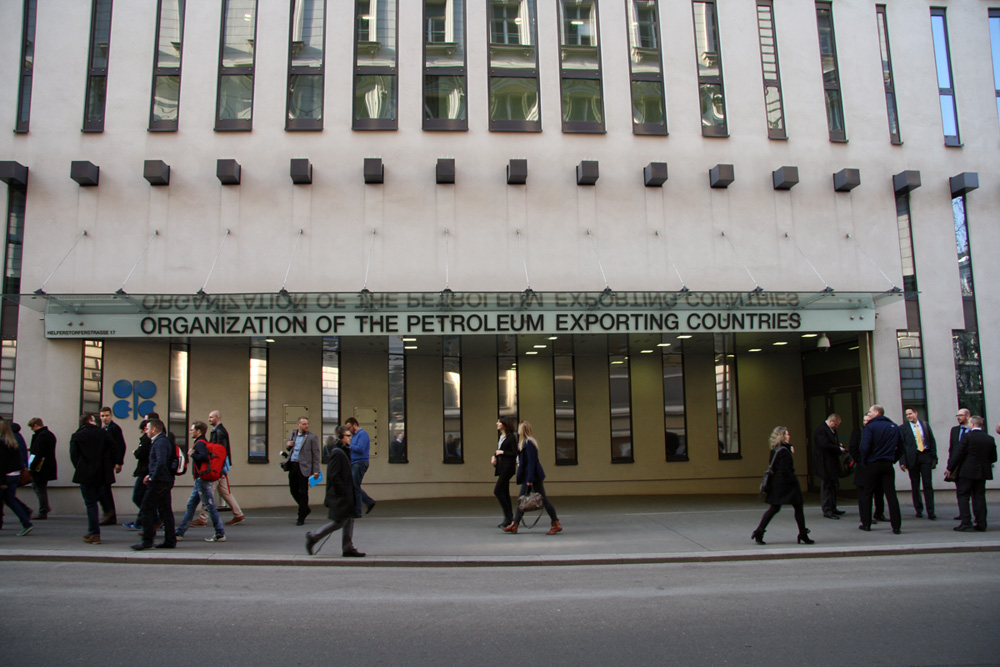Win-win for all? Certainly not. Looking at the deal, one might assume that Saudi Arabia has shouldered the biggest cuts among OPEC members but close scrutiny reveal that may not be the actual case. To understand that one has to go back to the first half of the year; to the Doha meeting held in April, where a deal was expected to emerge but failed due to the opposition of Saudi Arabia, with regard to Iran’s participation in the deal.
Since the possibility of an OPEC deal was discussed at the Doha meeting, several OPEC countries have ramped up the production and the final deal, which was agreed in November, was based on production figures from October.
So let’s take a look at the production numbers from the first quarter.
- In October Saudi Arabia produced 10.625 million barrels of oil per day compared to 10.147 million barrels of oil per day. Similarly, Iran was producing 3.096 million barrels per day, compared to 3.8 million barrels in October.
- So if we take the first quarter production numbers from OPEC members, it is visible that the biggest production cuts were shared by the smallest of the members. Venezuela shared the biggest production cut (13.4 percent), followed by Gabon (11.9 percent), Qatar (7.3 percent), Angola (5.3 percent), and Algeria (4.9 percent).
- Compared to the above members, Saudi Arabia would see its production cuts to be just 0.9 percent compared to the first quarter numbers. And production levels are 22.6 percent higher for Iran, 2.6 percent higher for Iraq, and 2.1 percent higher for the United Arab Emirates.
It’s quite an asymmetric deal, where the small members suffer more than the big ones.



 Best Gold Stocks to Buy Now: AABB, GOLD, GDX
Best Gold Stocks to Buy Now: AABB, GOLD, GDX  FxWirePro: Daily Commodity Tracker - 21st March, 2022
FxWirePro: Daily Commodity Tracker - 21st March, 2022  Gold Prices Fall Amid Rate Jitters; Copper Steady as China Stimulus Eyed
Gold Prices Fall Amid Rate Jitters; Copper Steady as China Stimulus Eyed 
































